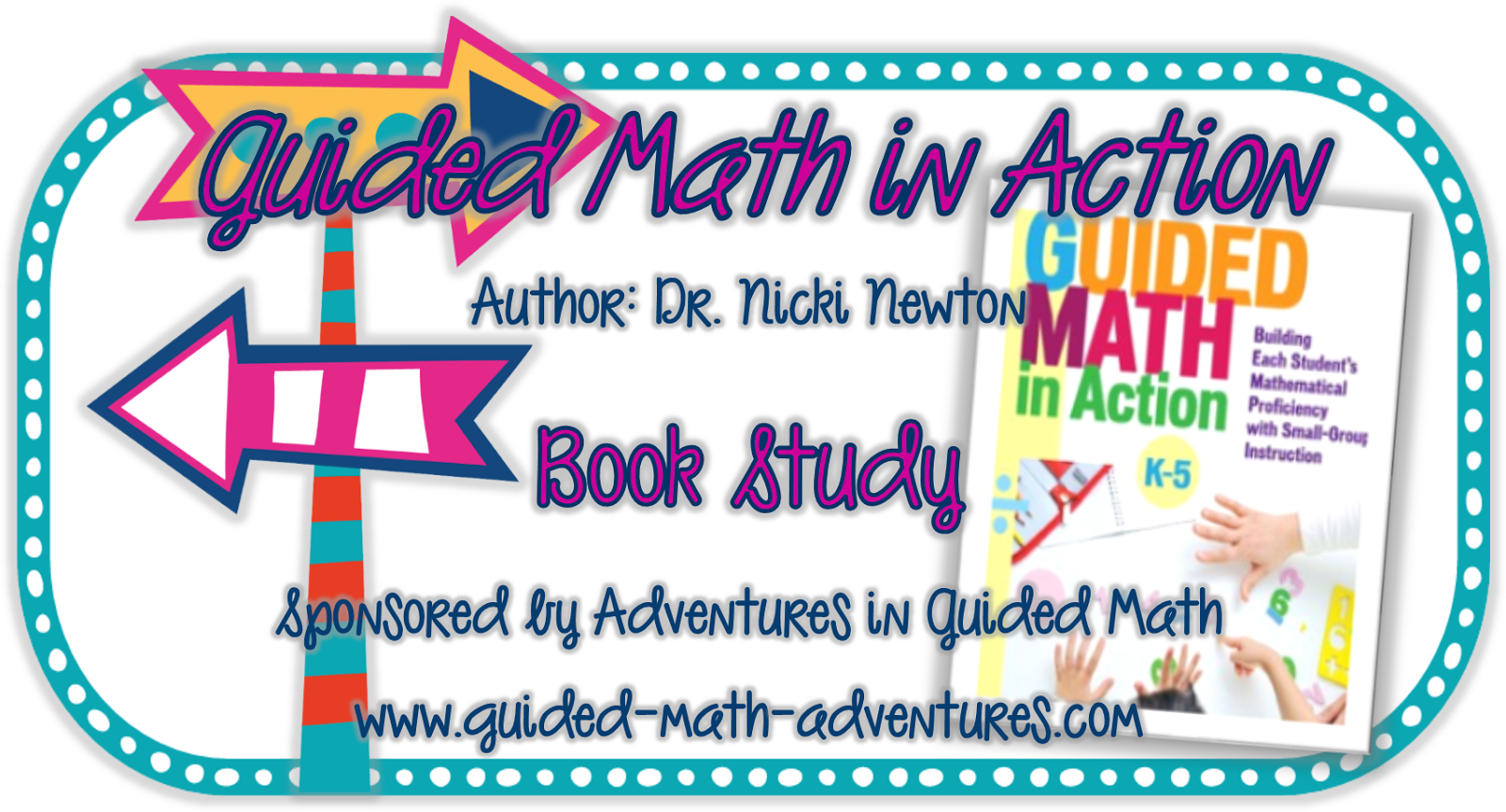Planning. Planning. Planning. In order to maximize learning during guided math, it is important to constantly monitor data and performance of students.
The key takeaway for me was right on pg 69 when Dr. Nicki Newton talks about teaching at the concrete, representational, and abstract levels. I have written about the C-R-A sequence of instruction in a previous post. Click the image to read that post.
When I plan for instruction whether I am working with elementary or middle school students, C-R-A has become a habit of mind. Sometimes it is a challenge, but it is definitely exciting to see the progression of learning by students.
The chapter goes on to talk about the framework for guided math lessons. The key components include:
- mini-lesson
- student practice
- share time
One thing I have found is keeping mini-lessons mini. Dr. Nicki Newton outlines that in presenting a mini-lesson you should (pg 70-72):
- hook the students into the lesson
- explain the focus of the lesson
- present specific learning expectations
- model/demonstrate
- check for understanding.
Student Practice:
This is the exciting part of the lesson for me. I get to interact and have math conversations with my students. One key component of this time is to ask effective questions that foster student thinking. It is a time to observe students in the moment and get a front-and-center perspective on how they engage with the math. It is a time to record observations that can help drive future instruction. This time never seems like it is enough time!
Share Time:
This is the time when synthesis of the lesson occurs. It also is the time that I have to consciously ensure happens before the end of math class. The debrief is so important for student learning. It brings everyone back together to restate the goal or focus.
Dr. Newton recommends having some sort of planning sheet. Honestly, I have not found a planning sheet that works for me. I have found in the past when I have used a template, my planning becomes too contrived and I feel like I am just filling in the template because I am supposed to. I do have a checklist of points to keep in mind, and I plan from there.
It is one thing to plan a great lesson, it is another to spend time reflecting on the lesson. I like the questions on pg 76 to help keep a pulse on how students are progressing.
- Are students learning and independently applying the concepts, strategies, and skills?
- Do students transfer the learning to their daily/independent work?
- Are students developing fluency and flexibility of numbers and thinking?
- Are students able to explain and model their thinking?


















